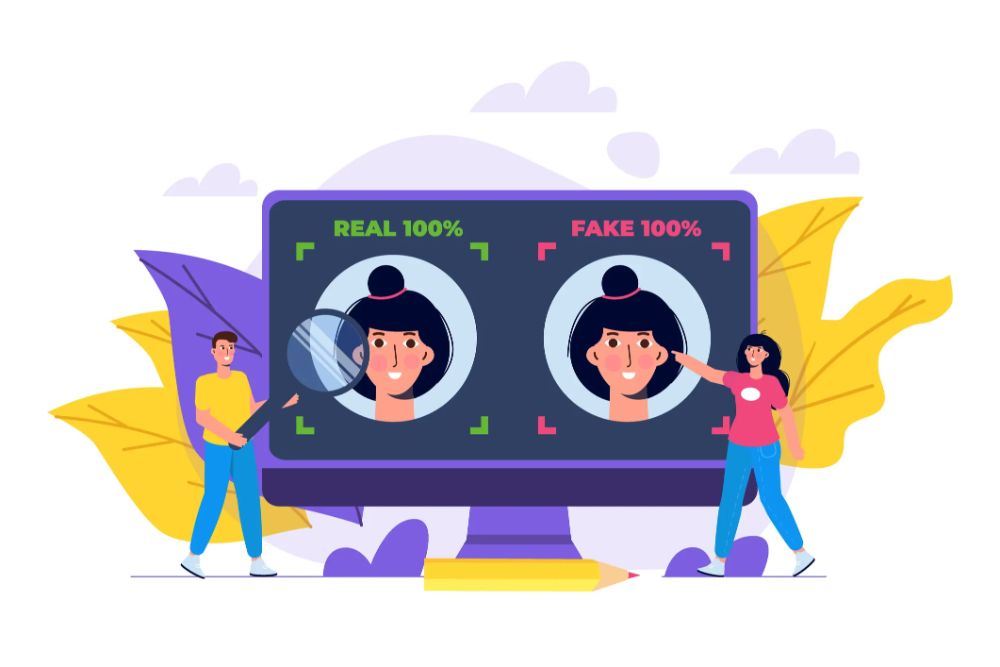
In response to the rising threat of deepfakes and synthetic media, YouTube has implemented updated guidelines, requiring users to disclose the use of AI-generated content in their videos. This policy adjustment aims to mitigate the spread of misinformation, particularly in the context of the upcoming US presidential election. However, a notable exception allows creators of AI-generated animations targeting children to sidestep disclosure requirements.
Implications for Children’s Content
The exemption granted to creators of AI-generated children’s content raises concerns about transparency and parental oversight. With this loophole, creators can continue producing hastily made AI-generated cartoons without disclosing their methods, leaving parents to discern synthetic content on their own.

Selective Disclosure
While the policy mandates disclosure for significant alterations or synthetically generated content that appears realistic, minor aesthetic edits and improvements, such as beauty filters or video/audio clean-up, are exempt. Similarly, the use of AI to generate or enhance scripts and captions is permitted without disclosure.
YouTube’s Role in Children’s Entertainment
YouTube has faced criticism for its role in children’s entertainment and the difficulty in moderating content aimed at young audiences. Despite efforts to filter out inappropriate material, the exemption for AI-generated animation may complicate parental oversight and exacerbate concerns about unsuitable content slipping through the cracks.
Addressing Problematic Content
Under the new policy, certain AI-generated content targeting children, such as videos propagating pseudoscience and conspiracy theories, must be flagged. However, the lack of disclosure requirements for clearly unrealistic content poses challenges for distinguishing between harmless cartoons and potentially harmful misinformation.

Impact on Parental Oversight
While YouTube Kids employs automated filters, human review, and user feedback to curate child-friendly content, many parents utilise the main YouTube app to find videos for their children. The exemption for AI-generated kids’ content could hinder parental efforts to filter out potentially inappropriate material, as these cartoons may lack thorough human vetting.
In light of these developments, YouTube faces ongoing challenges in balancing the accessibility of AI tools for content creation with the responsibility to protect users, particularly children, from deceptive or harmful content.
